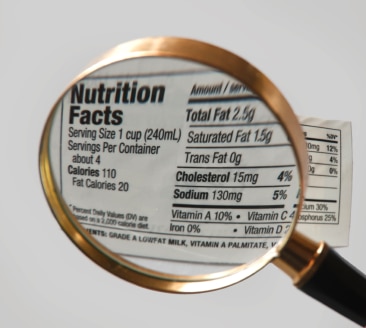Don’t Be Fooled By Nutrition Labels Nutrition labels provide necessary information that can help you make healthy decisions regarding the...

Don’t Be Fooled By Nutrition Labels Nutrition labels provide necessary information that can help you make healthy decisions regarding the...
© 2025 jackomd180. All rights reserved.